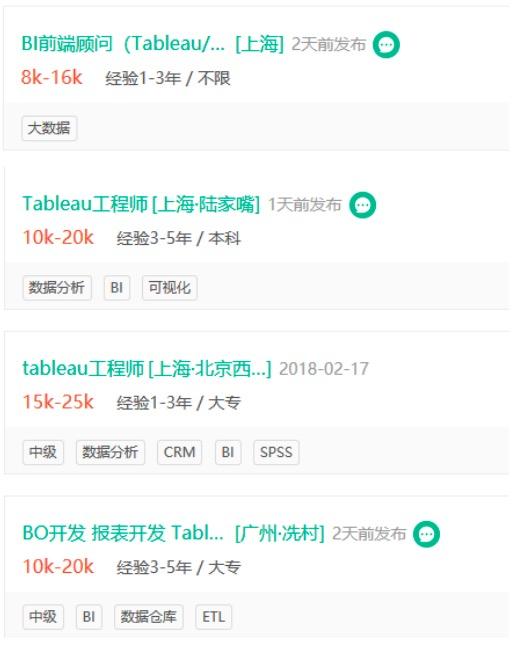### Understanding Subprime Loans Definition: A Comprehensive Guide
#### What are Subprime Loans?Subprime loans are a type of loan offered to borrowers with a poor credit history or low credit scores. These loans typically c……
#### What are Subprime Loans?
Subprime loans are a type of loan offered to borrowers with a poor credit history or low credit scores. These loans typically come with higher interest rates compared to prime loans, as lenders consider subprime borrowers to be higher risk. The term "subprime" refers to the credit quality of the borrower, indicating that they do not meet the criteria for prime lending.
#### Characteristics of Subprime Loans
Subprime loans are characterized by several key features:
1. **Higher Interest Rates**: Due to the increased risk associated with lending to subprime borrowers, lenders charge higher interest rates to compensate for potential defaults.
2. **Flexible Qualification Criteria**: Lenders offering subprime loans may have more lenient qualification criteria, allowing borrowers with lower credit scores to secure financing.
3. **Adjustment Periods**: Many subprime loans are adjustable-rate mortgages (ARMs), meaning that the interest rate may change after an initial fixed period, potentially leading to higher monthly payments in the future.

4. **Potential for Predatory Lending**: Some lenders may engage in predatory lending practices, targeting vulnerable borrowers with loans that have unfavorable terms and conditions.
#### Benefits of Subprime Loans
While subprime loans come with risks, they can also provide benefits to borrowers who may otherwise be unable to secure financing:
1. **Access to Credit**: Subprime loans can provide individuals with poor credit histories access to credit that they may not qualify for through traditional lending channels.
2. **Opportunity for Credit Improvement**: Successfully managing a subprime loan can help borrowers improve their credit scores over time, opening the door to better loan options in the future.

3. **Homeownership Opportunities**: Subprime mortgages can enable individuals with lower credit scores to purchase homes, contributing to the American dream of homeownership.
#### Risks Associated with Subprime Loans
Despite the potential benefits, subprime loans also carry significant risks:
1. **Higher Monthly Payments**: The increased interest rates associated with subprime loans can lead to higher monthly payments, which may strain a borrower’s finances.
2. **Risk of Default**: Borrowers with poor credit are already at a higher risk of defaulting on loans, and subprime loans can exacerbate this risk due to their higher costs.

3. **Long-Term Financial Impact**: Defaulting on a subprime loan can have long-lasting effects on a borrower’s credit score and financial stability, making it difficult to secure credit in the future.
#### Conclusion
In conclusion, understanding the **subprime loans definition** is crucial for borrowers considering this type of financing. While subprime loans can provide access to credit and opportunities for homeownership, they also come with higher costs and risks. It is essential for potential borrowers to weigh the benefits against the risks, ensuring they make informed decisions that align with their long-term financial goals. Individuals should also seek advice from financial professionals to explore all available options and understand the implications of taking on a subprime loan.